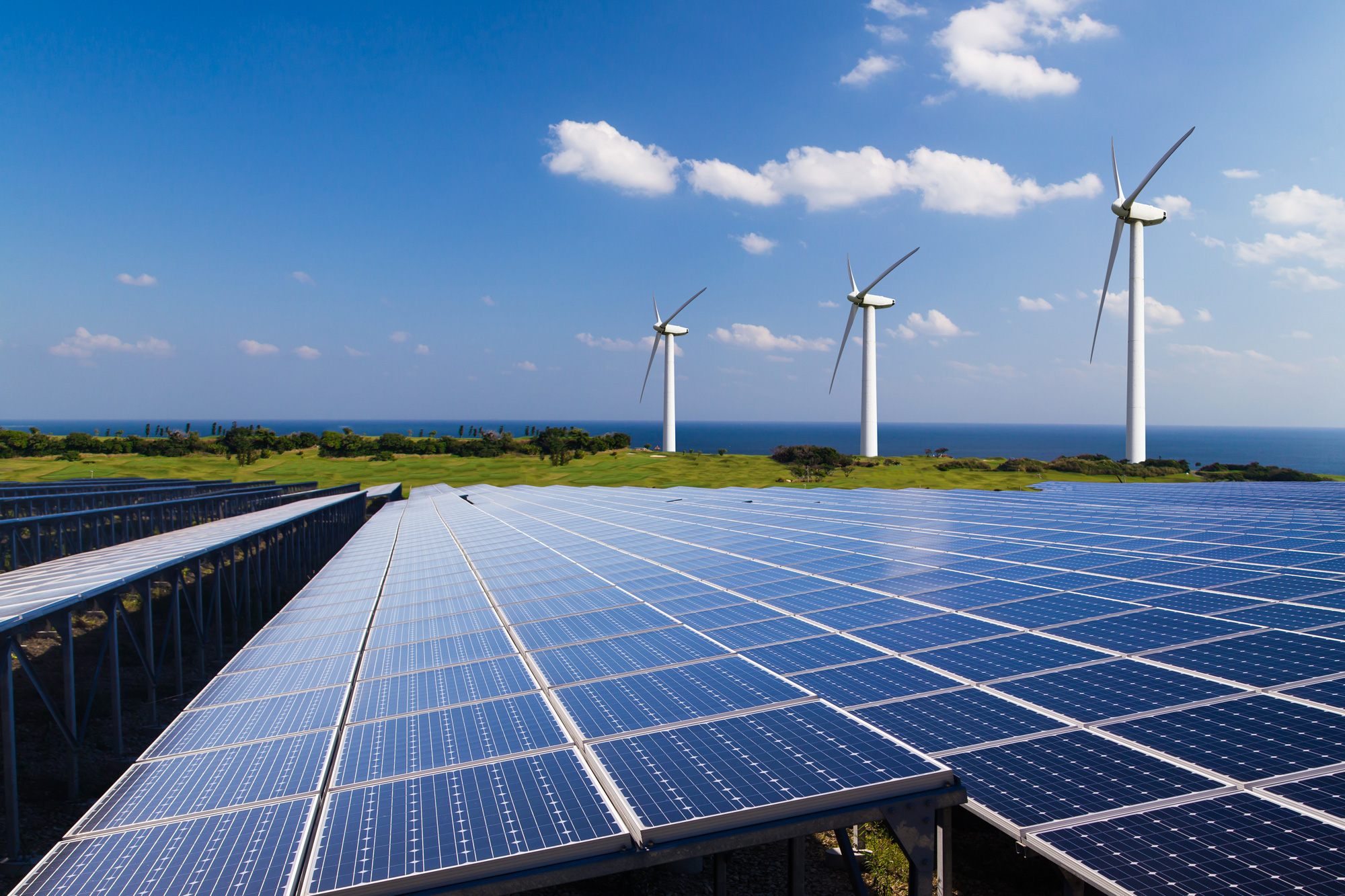Strange as it may seem, Don Quixote was an environmentalist at heart. Why else would he declare war on the “thirty or forty hulking giants” with the aim of removing the “foul... brood from off the face of the earth”? Windmills have evolved quite a bit since Quixote’s proverbial tilt. What has not changed is their monstrous nature. The adverse effect of modern windmills on avian fauna has been well-known for some time. But recent reports claim that the long arms of the giants wreak havoc on the terrestrial ecosystem too. A study conducted by the Salim Ali Centre for Ornithology and Natural History in the wind farms of Karnataka shows that noise from the turbines and blades of windmills drive away mammals — mostly the herbivores, whose exit draws away larger animals and carnivores. The noise level near windmills goes up to 85 decibels and the turbines that drone on day and night create a noise above 70 decibels, while the ambient noise in a forest is between 20 and 40 decibels depending on wind speed. An exodus towards the fringes — mostly of forests, as is the case in Karnataka — increases chances of man-animal conflict.
There are greater problems. More than the direct carnage caused by the windmills, the construction of wind farms leads to the loss of vital habitat — the single biggest cause for species extinction. India’s potential wind power map envelops the Western and the Eastern Ghats besides the deserts in the west. This is worrying as these are also biodiversity hotspots. The ecological footprint of setting up wind farms, or solar farms for that matter, in these regions is huge. First, large swathes of land need to be cleared to set up the power generation equipment. More land is needed to construct roads to lug turbines and other machinery. Earth movers rip through forests or grasslands, altering the local landscape and, in turn, the local ecosystem permanently. For instance, 300,000 trees were hacked off to construct a road along the Bhimashankar sanctuary in Maharashtra, a known habitat of leopards, pangolins and the Indian giant squirrel. Add to that the fact that it takes approximately 100 tonnes of steel, 400 tonnes of concrete, 6.8 tonnes of fibreglass, not to mention copper and cast iron to generate one megawatt of wind-generated electricity. All in all, the environment pays a heavy price.
India has set an ambitious renewable energy generation target of 175 gigawatts by 2022. This sector — owing to its apparently benign nature when compared to fossil fuels — gets a free pass as far as environmental impact assessments are concerned. Further, the process for forest land diversification focuses on compensatory afforestation, which, as has been proved time and again, does not really compensate for the loss of decades-old ecosystems. A comprehensive policy with requisite environmental scrutiny — such as making a review of area specific wind-wildlife interaction compulsory — is the need of the hour. Offshore wind farms — these seem to actually help the marine ecosystem — can also be considered given India’s extensive coastline. Yet, no problem can be solved without acknowledging its existence. At present, it is almost blasphemous to question renewable energy. But is a ‘clean’ source of energy really ‘green’ if it takes a toll on wildlife? The answer is blowing in the wind.

